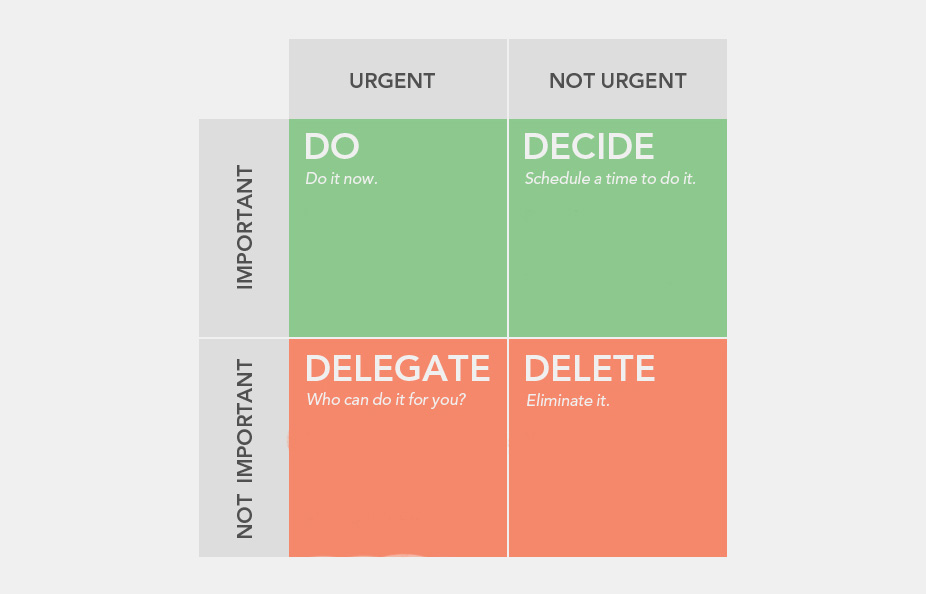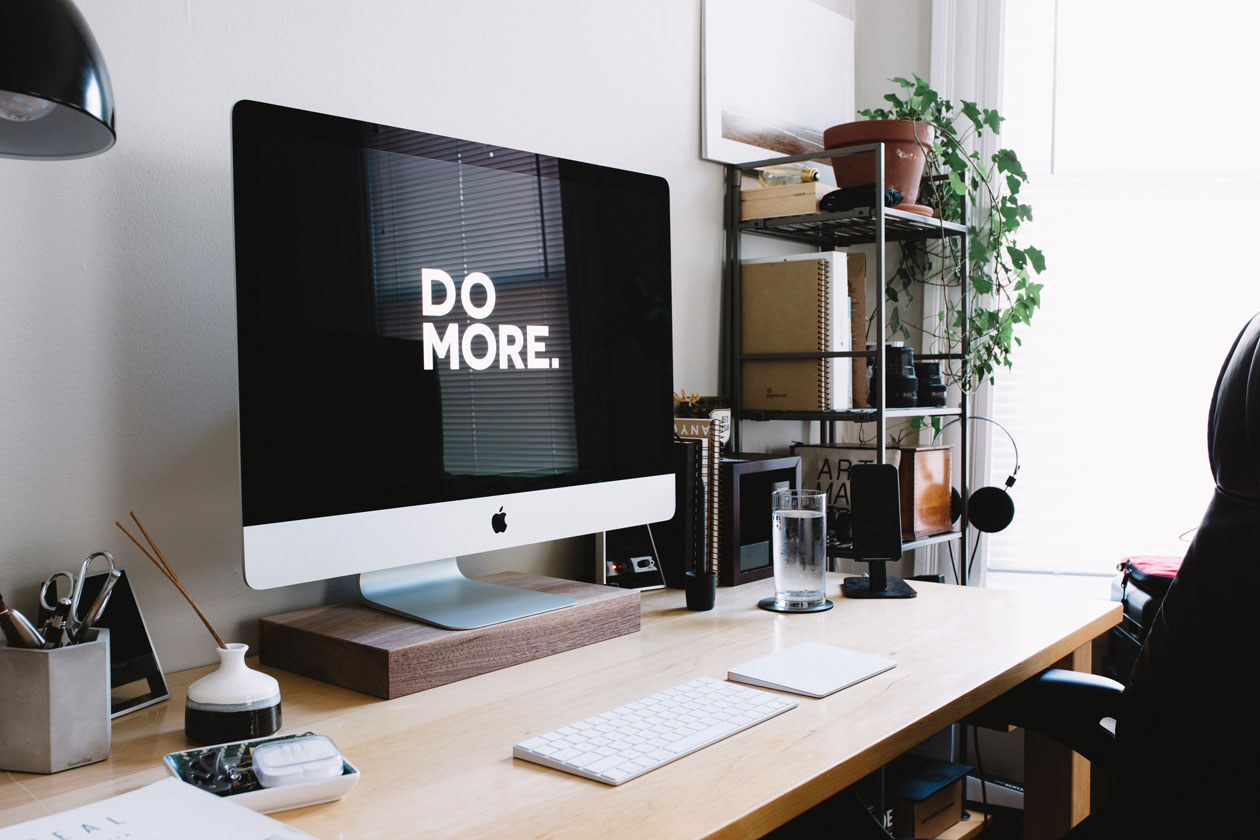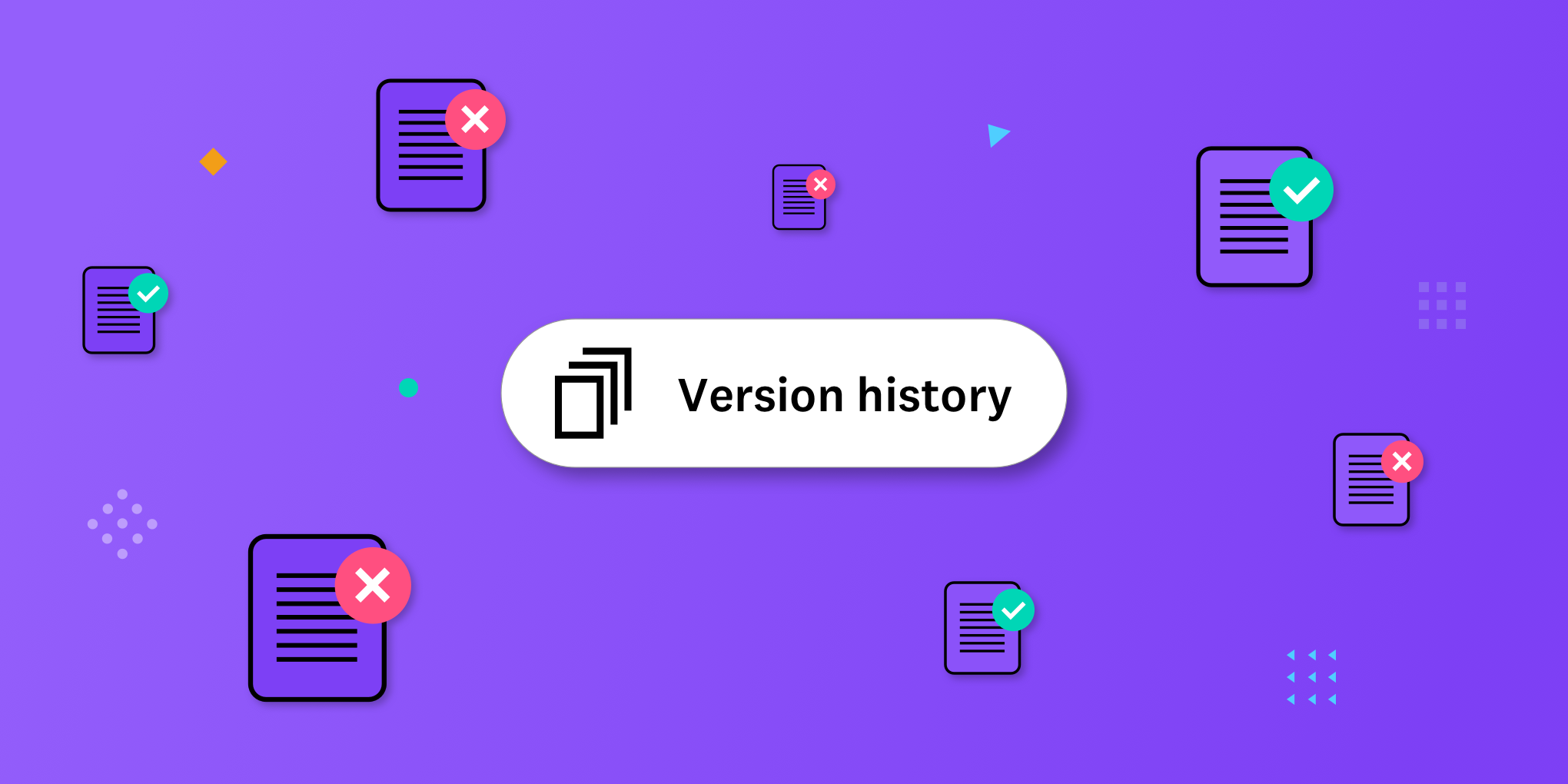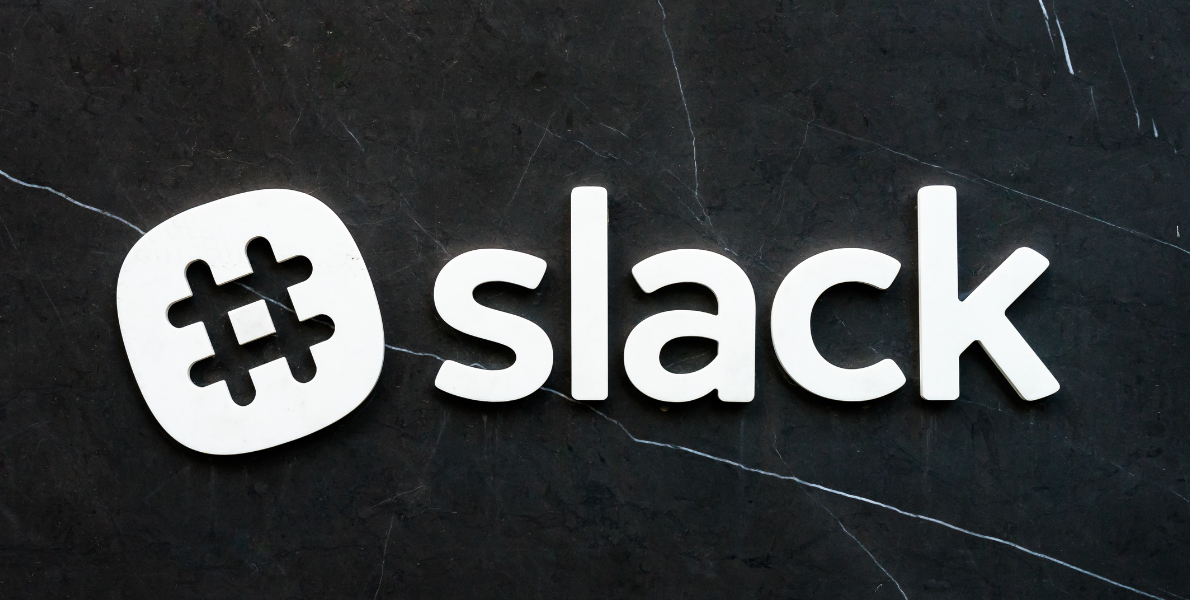If you are like me, you likely struggle to accomplish everything you need to get done in a single day. Your to-do lists remain incomplete and spill into the next day, which then spill into the next, causing you to spiral into a vicious cycle of past-due projects and skewed timelines. There are days when it feels like your work has taken over, and the ideal work-life balance you dreamed of is no longer a reality. With a little forward thinking, you can regain control of your day, get more done with less stress, and find more time for the things you love.
While I don't want this to be a regurgitation of every productivity hack article on Medium, I do want to share the methods and techniques that have allowed me to live a more balanced life as a freelancer with a family and full-time job.
These techniques allow me to stay focused on my work, get more done with fewer distractions, prioritize and delegate my work, optimize my routine, and carve out time for myself and my family.
As a freelancer with a demanding day job and young kids, I’ve had to learn how to squeeze every second out of the day in order to get my work done and still have time to spend with family and friends. If you are a full-time freelancer, work multiple jobs, or have a standard nine-to-five, these simple strategies will allow you to make the most of your day.
Over the past couple years, I have been gathering the best tools and methods I’ve found to maximize my daily routine. These notes have come from reading and absorbing others’ habits and routines, which I will cite at the end of this article if you are interested in reading more in depth. I’ve distilled them into nine actionable items that can be easily adapted to fit your own work style:
- Managing distractions
- Starting the day with writing
- The Eisenhower Matrix
- Time blocking
- Emails
- Prioritizing work in order of demand, creativity, and focus
- Creating time for breaks each day
- Planning your day
- Creating your own schedule
1. Managing distractions
Many of us habitually keep our phones next to us or in our pockets at all times. We sleep with our phones next to us, use them to wake us in the morning, and check our email before getting out of bed. This continual stimulation and distraction prevents us from being present in the moment, entering deep focus, or completing our most important tasks for the day. If left unchecked, phone use can significantly impact your ability to reach your full potential. In order to combat this, I’ve established a few boundaries with how I interact with my phone.
Each morning, I leave my phone in its place on a table in another room, on do not disturb mode, and choose not to check it until after I finish writing or doing my freelance work for the morning. This allows me to be fully present with my family in the morning, and complete the most important freelance work I need to do before heading out for my day job.
During the day at work, I put my computer on do not disturb mode and put my phone in my work bag, away from where I can easily reach it. I don’t have any social media apps on my phone, so I have little incentive to use it. All of my settings are also set to prevent any notifications from appearing on my phone, including badge notifications, aside from text messages and phone calls. This has been hugely impactful for me, and am honestly not sure how other people manage having a phone that alerts them of something new every few minutes.
I will check my text messages and missed phone calls over lunch, mid afternoon, and at the end of the day. Keeping distractions at bay allows me to enter into a state of deep, focused work, and enables me to complete 4-5x more work in any given amount of time than I would if my phone were within arm’s reach and buzzing with notifications.

In the evenings, I have made it a habit to put my phone on silent and place it in a different room one to two hours before I go to bed. Instead of looking at a screen, I will spend time with my wife and kids, catch up on work, or read a book. This allows my body to wind down for the night and enter into deeper sleep. There are countless studies that tie blue light (which comes from our phones and laptops) with interrupted or insufficient sleep. After reading Why We Sleep by Matthew Walker and understanding the impact of sleep on our health, I have become a huge proponent for pursuing a healthy relationship with sleep. I have already noticed an incredible difference in my creativity, mood, health, diet, and focus.
2. Start each day with writing
One of the most life-changing habits I’ve acquired in recent years has been daily writing. Starting off each morning before work in a reflective and proactive state, focused on my vision for the future, has allowed me to achieve more of my own personal goals in the last three months than I have in the last year.
While writing used to be difficult for me, it is now something I look forward to each morning as an opportunity to clear my mind, reflect on my past successes and failures, monitor my progress on goals I have for myself, and set the tone for the day.
@kpaxs, better known as "Thibaut" on Twitter, summarizes this sentiment perfectly in one of my favorite tweets of his:
Write more:
- To clarify your thinking
- To capture those synaptic bursts before your brain moves in
- For pleasure
- To pin down an idea using vocabulary
- For others
- To banish your demons
- To create blueprints, some of which may be later used
While it may be difficult to spend time in the morning on something that doesn’t seem like it has immediate tangible returns, I’d encourage you to try it for a week and see what results you find. As little as 5-10 minutes of free-form writing per day is enough to share what you are grateful for, what goals you want to achieve in the coming months, reflect on past experiences, or plan for the future. I started by joining a 30-day writing course that helped me solidify my writing habit and enjoy the practice more than I ever thought I would. I began by journaling with a pen and paper but have since moved to using the writing app Ulysses, which has been helpful for me, since I can now easily repurpose my daily writing as blog posts, email newsletters, and articles. (In fact, several pieces of this post were already written as part of my daily writing.)
By writing each morning, I am able to:
- Clear my mind each morning
- Check in on the progress I’m making for the goals I’ve set for myself this year
- Relax, meditate and destress before the day starts
- Generate new ideas for blog posts and business ideas
- Solve problems I’ve been facing
- Create a plan of attack for the day
- Track my progress over the year
- Be seen as an expert in my field
- Improve my flow of thought, typing speed, and communication skills
Even if it’s for only a few minutes each day, writing for just a few minutes each day can alter the trajectory of your life and career.
3. The Eisenhower Matrix
Before planning each day, I start by making a list of the tasks I need to accomplish and sort them mentally using the Eisenhower Matrix. The Eisenhower Matrix is a simple four quadrant grid that allows you to organize your tasks in order of urgency and importance. While it’s extremely simple, I have found it to be an easy way to quickly differentiate the tasks that really impact my long-term goals from the tasks that are not as impactful.

The Eisenhower Box via jamesclear.com
Important/Urgent (Do it Now)
The top left quadrant of the matrix indicates tasks that absolutely need to get done today (or very soon) and are important to the operation of your business. For example, if you have a pitch tomorrow to a potentially large client, it would be vital for you to spend time today polishing the deck and practicing your approach. One easy rule that has allowed me to differentiate important tasks from non-important tasks is by determining if they are related to generating income for your business. This would include sales activities such as new client meetings, proposals, client onboarding, crucial project delivery dates, and so on. Granted, these may not all be urgent, but they are important.
Important/Not Urgent (Decide/Schedule a time to do it)
Tasks that are in the upper right hand side of the matrix are important, but are not necessarily urgent. In my experience, these tasks are difficult to manage and can be easy to put off, because they don’t typically have a hard deadline or may not seem as directly tied to revenue generation. A great example of an important but not urgent task would be updating your portfolio, revamping your website, rebranding, or working on business development. These are all tasks which are integral to how your business operates and attracts new clients, but is not generally tied to a specific due date. A good way to approach this problem is to dedicate a certain amount of time to the project each day, week, or month and protect that time vigilantly. This method is called time-blocking, which I will talk about later in this post.
Not Important/Urgent (Who can do it for you?)
The bottom right quadrant is for tasks that are not important, but are urgent. These are the tasks that I know I am most guilty of pursuing many days because they are often easy tasks and have an air of importance, simply because they are urgent. It can be easy to mistake urgency for importance. Simply because something is urgent does not mean that it’s actually something you need to focus on. In these cases, it is best to delegate these tasks. This could include smaller, urgent tasks like scheduling a meeting, posting to social media, or something related to a smaller project. This is still an area in which I have room to improve since I do not currently have full-time employees, though I often task my team of contract freelancers with projects I should not otherwise be spending time on.
Not Important/Not Urgent (Delete/Eliminate it)
The final quadrant is for tasks that are not helpful in any way to the growth of your business (or even yourself personally). This could include spending unnecessary amounts of time on social media or watching Netflix, or “shopping” too long for a new product, which I am prone to do. These are areas that need to be completely eliminated, since they are not allowing you to progress. Over time, I have found that I have very few items that fall into this category, simply because I have engineered my day in such a way that I no longer have time for these activities.
4. Time Blocking
Time blocking is a method I use daily to plan my day and estimate how many hours I have to focus on a given project each day. Time blocking simply planning your tasks in chunks of time, generally a day or two ahead of time, and accounting for how much time you actually end up spending on each task. There are several methods you can use to time block, from using a journal, an app, or a calendar, but it’s important you use the one that works best for you. I personally use Google Calendars, since it syncs across my devices, is easy to modify, and does not require me to carry anything additional with me as I go about my day.
When I time block, I begin by looking the tasks I created for myself using the Eisenhower Matrix, and estimate the amount of time it would take me to complete each task, adding 25-50% to my estimation to account for any hangups. For completely new tasks (something I have never done before, or I am still learning), I will multiply by 2x or 3x to allow myself to work through new problems without feeling rushed.
For most tasks, I begin with a minimum of 30-minute blocks. Very few tasks in the day take less than 30 minutes, and if they do, I simply move on to the next task.
I start with the most important and urgent tasks for the day (which I have found are usually the ones I really want to do last) in order to set the tone for the day. I will also arrange my tasks in order of the focus and creativity required of me (more on that below).
When possible, I group tasks by type of activity as well, which helps me maintain my current mindset and keeps me from having to shift my focus as often between types of tasks. For example, if I have several small design tasks (email headers, for example) that need to be taken care of, but are for different projects, I will batch these together in order to improve my workflow. This also works with larger, more important emails, sending invoices or updating project timelines, and so on.
Generally, I can only add 4-7 tasks per day before my day becomes full. I’ve found that adding time blocks for each project for the day significantly reduces stress and improves efficiency. When you are able to see the full day laid out in blocks of time, you are able to determine if you can successfully complete your tasks in the time allotted, and can discover where you may have additional time to spend on other projects or take time to yourself to recharge.
When time blocking, it’s important to remember to allow time for 2-3 breaks (or more) throughout the day in addition to time for lunch, emails, and phone calls. It can be easy to be overconfident in your ability to tackle your to-do list and not leave any time to reset throughout the day. I will generally take 5-15 minutes to stand up, make coffee, read a book or article, or go on a walk every 60-90 minutes.

Breaking down large and creatively demanding projects
When I plan out my week, I also use this opportunity to break down any large goals I have that are important but not urgent. I’ve found that when I have projects on my to-do list that are large, nebulous, and don’t have a specific end date (especially personal projects), I have a difficult time starting them or making significant progress. Projects like updating my portfolio, catching up on accounting, developing a marketing plan, and business development will sit untouched in my tasks for months before I touch them, if at all.
Ironically, the projects I don’t make time for are actually the most integral to business success. If you never spend any time marketing yourself, you won’t be in business for long. Yet many creatives focus more on completing the paid client projects rather than doing the dreaded but necessary work.
The most effective way I’ve found to tackle projects like these is to break the project into the smallest components possible.
For example, updating your website and portfolio after it has sat dormant for over a year can feel like a momentous task, but if you break it down into smaller pieces and block out 15 or 30 minutes per day to work on those small tasks (ie: create a list of projects you want to add to your portfolio, gather the files needed for one project, mock up one project, write a description for one project, create a new project on your portfolio, add images to that new project, and so on) you will have finished the project in no time.
For larger, more urgent projects, like developing a brand identity for a client, I will block out 2-3 hours per day first thing in the morning, before checking email or social (or doing anything else) to work on this creative problem. Having planned a full timeline in advance for this project also helps immensely.
I’ve learned that cramming 6-8 hours into a day working on a single creative project almost never works for me. While there are days in which I will clear my schedule when I’ve found my stride on a specific project, I have learned that I only have so much capacity for critical thinking and creative problem solving in a day. After those 2-3 hours of deep focus, I can no longer work on high-level projects and need to move to more shallow work, such as answering emails, exporting and organizing files, and other less demanding tasks.
Accounting for side projects
If you have a passion project you are excited to work on each week, you can use the same method above to plan your week and maintain momentum. I will generally plan one morning each week in which I’ll work on my personal project and make that timeframe off-limits to other demands.
5. Emails
Instead of leaving your email open all day or checking your inbox incessantly, block out a few 15- to 30-minute windows each day to answer several emails at once. Many people fall victim to the fabricated urgency and importance that emails carry, but it’s crucial to not allow these to derail your plans for the day and prevent you from getting your most important work done.
A few rules for emails:
Don’t start your day by checking email
Checking your email before tackling your important tasks for the day prevents you from focusing on the important task at hand and will cause you to think about your emails, even if you weren’t planning on responding or working on the tasks within them until later. I’ve found it incredibly helpful to even hold off on checking email until after I have done my writing for the day and completed on important task, typically after 10:30am. I would caution against using your emails to create your to-do list for the day unless you are expecting something pertinent to a current project. Use a project management platform like Asana or even a notepad. to track and manage your projects apart from your busy inbox.
Set specific times for checking email
I will generally set aside the hours of 10:30-10:45, 1:00-1:15, and 4:30-4:45 to check and respond to emails, though I typically do not need all three of these time blocks. I typically will have completed 2-3.5 hours of work before checking my email, which allows me to have a clear head and know what to focus on for the day. It can be easy to feel like you “need” to check your email constantly throughout the day in case someone needs a quick response, but 99.9% of the time, this is simply not true. Very few people expect a response in less than a few hours, and if they do, they will often contact you in another way. People will adjust to your pace of responding to emails in short order, and you can also communicate that checking your emails in batches throughout the day allows you to focus more deeply on your work. Some people will even go through the trouble of adding a disclaimer to their email signature including their typical response times. In short, use this technique to spend less time checking your email and more time tackling the important projects of the day.

6. Prioritizing work in order of creativity, demand, and focus
Another method I’ve found to be incredibly effective for my workflow is to arrange my tasks in order of focus and creativity required. Thanks to prioritizing the project's goals upfront with HolaBrief, I can spend more time being creative with less revisions needed. For example, developing a new brand identity or logo would require me to be in deep focus and block out any distractions, working for 2.5-3 hours at a time to allow me to become familiar with the project and work through creative problems set up in the creative brief. On the other hand, emails, invoices, less demanding creative work and meetings with my clients require less of my creative capacity, so I generally save these activities for later in the day, after I’ve used my energy on the most important or demanding project for the day.
Know when you are most productive
Another thing I have learned over the years of freelancing and working in-house at agencies, is knowing when I am most productive throughout the day. After taking notes and observing the time of day I accomplish the most and other times when I struggle to complete simple tasks, I have been able to determine that I am most productive between the hours of 7:30 and 1:30, with my most creative work being completed between 8:30 and 11:00. Earlier in the morning, I am still clearing my head and getting settled for the day, so I will begin with 30 or more minutes of free-flow writing to set the tone for the day, then move into finalizing my plans for that day, and then hunker down for the most important project of the day, using tools like brain.fm to enhance my focus.
I’ve learned the hard way that I cannot put off critical projects or project research until the evening, because I will have used my stores of creative energy and will end up taking far too long on the project and deliver sub-par work, or be forced to push out the timeline for the project.
In the same vein, I also make it a general rule to never schedule meetings before 3:00pm when possible. Meetings, while helpful at times, can be incredibly distracting and prevent you from working when you are most productive. They are often longer than needed and can easily eat into your day. By keeping meetings later in the day, I am able to accomplish the work I need to get done be fully present and engaged in my meetings. By this time in the day, I’m also ready to take a break from the screen, and meeting with someone over coffee is a great way to punctuate my schedule.
7. Create time for breaks each day
As someone who works in front of a computer for 9-14 hours per day, it can be difficult to prioritize breaks when I feel like my schedule is already so full. It often feels like stopping to rest from the project at hand will prevent me from being productive, but I’ve found the opposite to be true. Our bodies need time to recharge and disengage from the work in order to return more focused, energized, and creative than before.

Take 30 minutes each day to do a quick bodyweight workout, yoga, or even an easy walk around the neighborhood. Going outside in the fresh air and experiencing new sights and sounds can allow your mind to wander and solve difficult problems that you may be stuck on. For those of us who work from home, use the flexibility and freedom you have to incorporate more things you love into your day. Go on a bike ride over lunch, stroll through your neighborhood park, read a book outside, or do a few minutes of yoga.
If, like me, you find it difficult to take a break from your work, find a workout buddy who can keep you accountable or sign up for a fitness class. The expectation that you will be present can be enough to motivate you to get away from your desk for a few hours each week. You can also incorporate movement into your day by running or biking to work each day. I recently switched from using public transportation to riding my bike to work, and I’m now able to get to work in the same amount of time while also clocking some quality exercise at the beginning and end of each day.
8. Plan the upcoming day
At the end of each work day, I take an inventory of the tasks I’ve completed as well as the tasks that remain incomplete and begin to make a plan for the next day. Ideally, I’ve found it helpful to plan two or more days in advance, especially when working on larger projects or juggling multiple time-sensitive projects, but planning at least 24 hours in advance is ideal. This allows you to see what projects are coming up and allows you to rearrange your schedule ahead of time if needed. This is also a great time to see if you have double-booked yourself or need to hire someone to help on a project.
9. Create Your Own Schedule
Now that I have shared all of the strategies I use to maximize my day, I want you to develop your own schedule. I’ve found it helps to have a template for different types of days — standard weekdays and weekends, days with late starts, or those with room for a long midday lunch with a friend — it’s your schedule, make it work for you.
Below is a list of resources cited throughout this article for those interested in digging deeper into this subject. These have all been pivotal in allowing me to craft my own ideal routine and work schedule:
- Daily 10x Goal Worksheet by Alex Mathers
- Six Years with a Distraction-Free iPhone
- Why We Sleep by Matthew Walker
- Deep Work by Cal Newport
- Planning Your Day for Maximum Efficiency by seanwes
- brain.fm
- Prioritize the goals of your projects for a successful creative output with HolaBrief.







